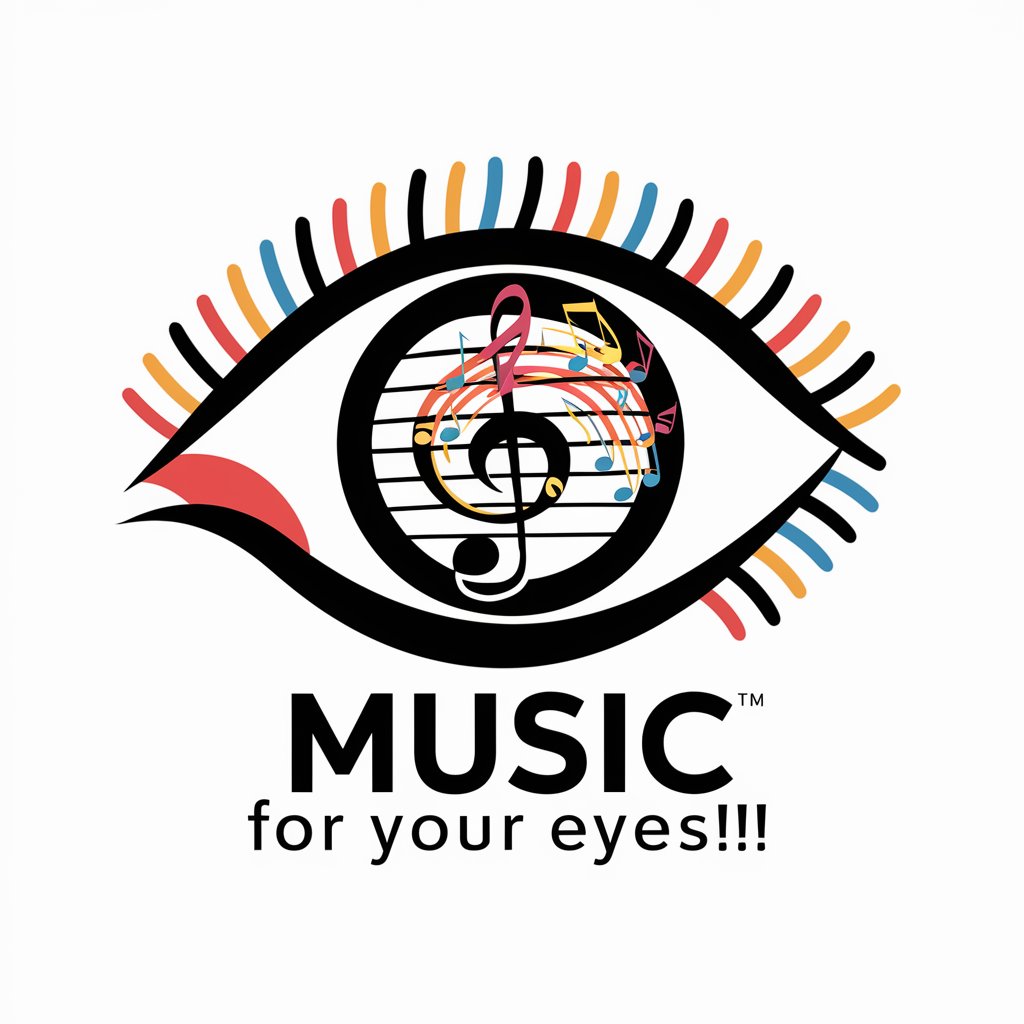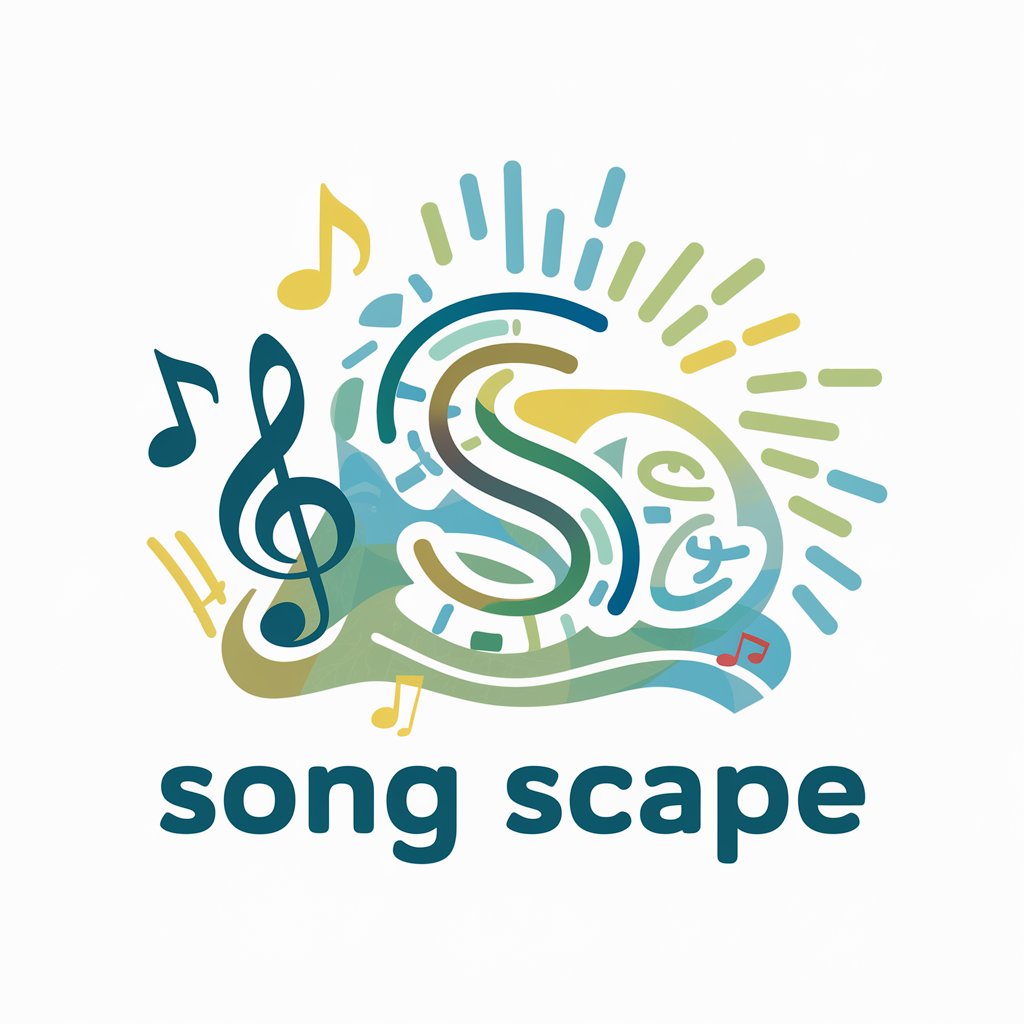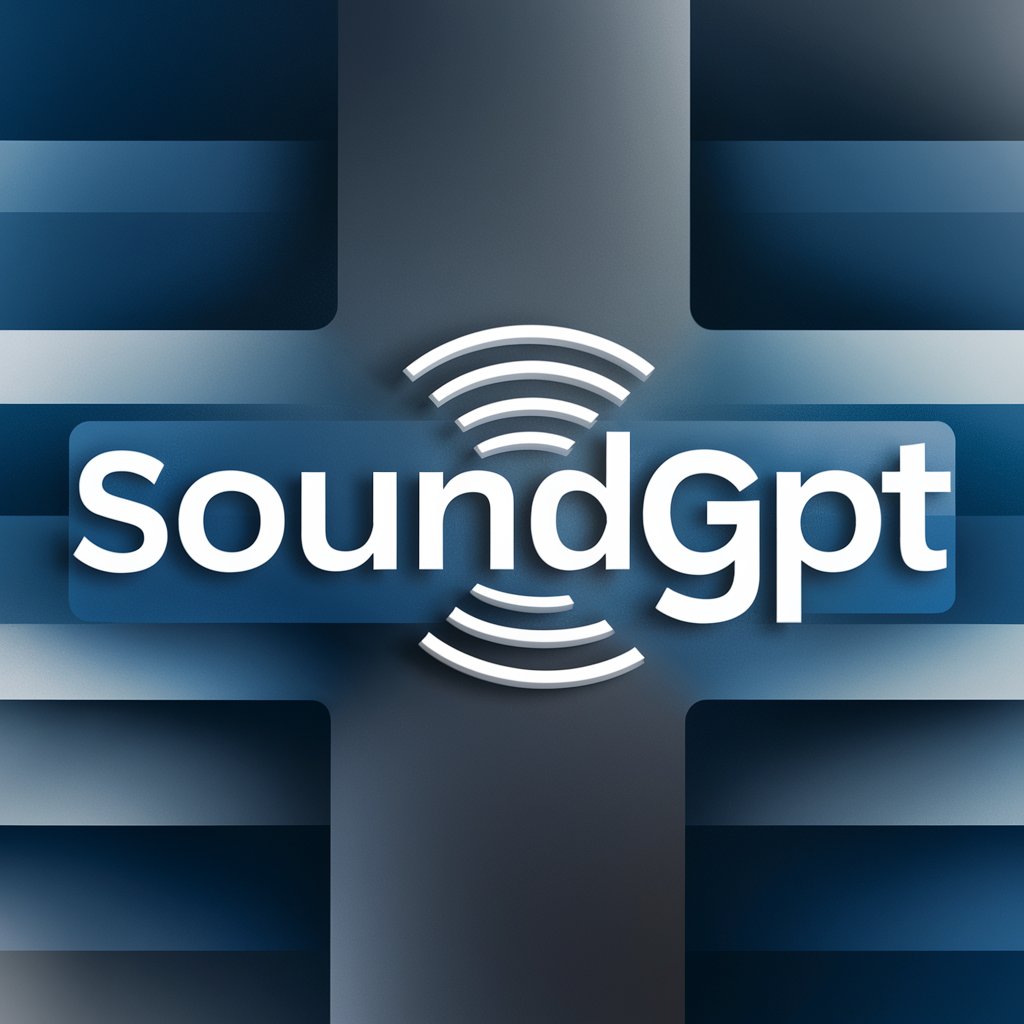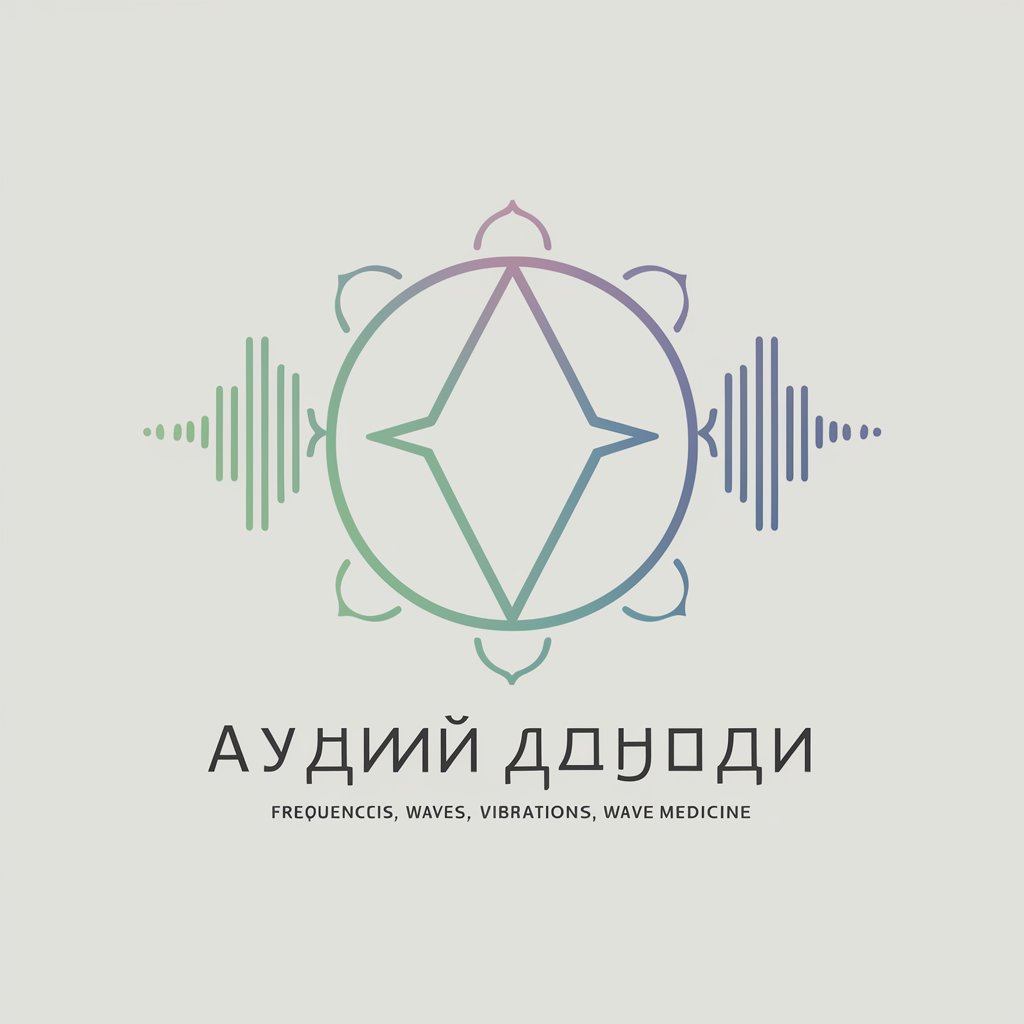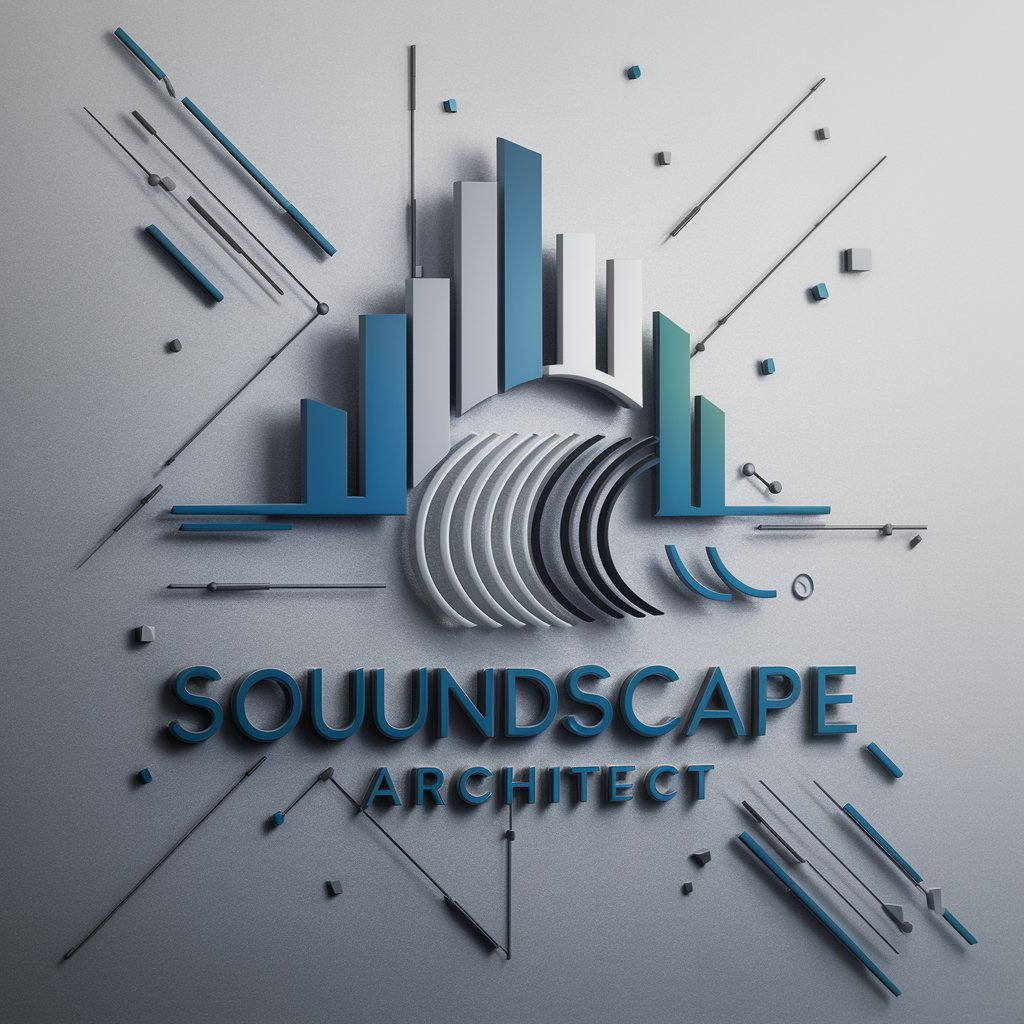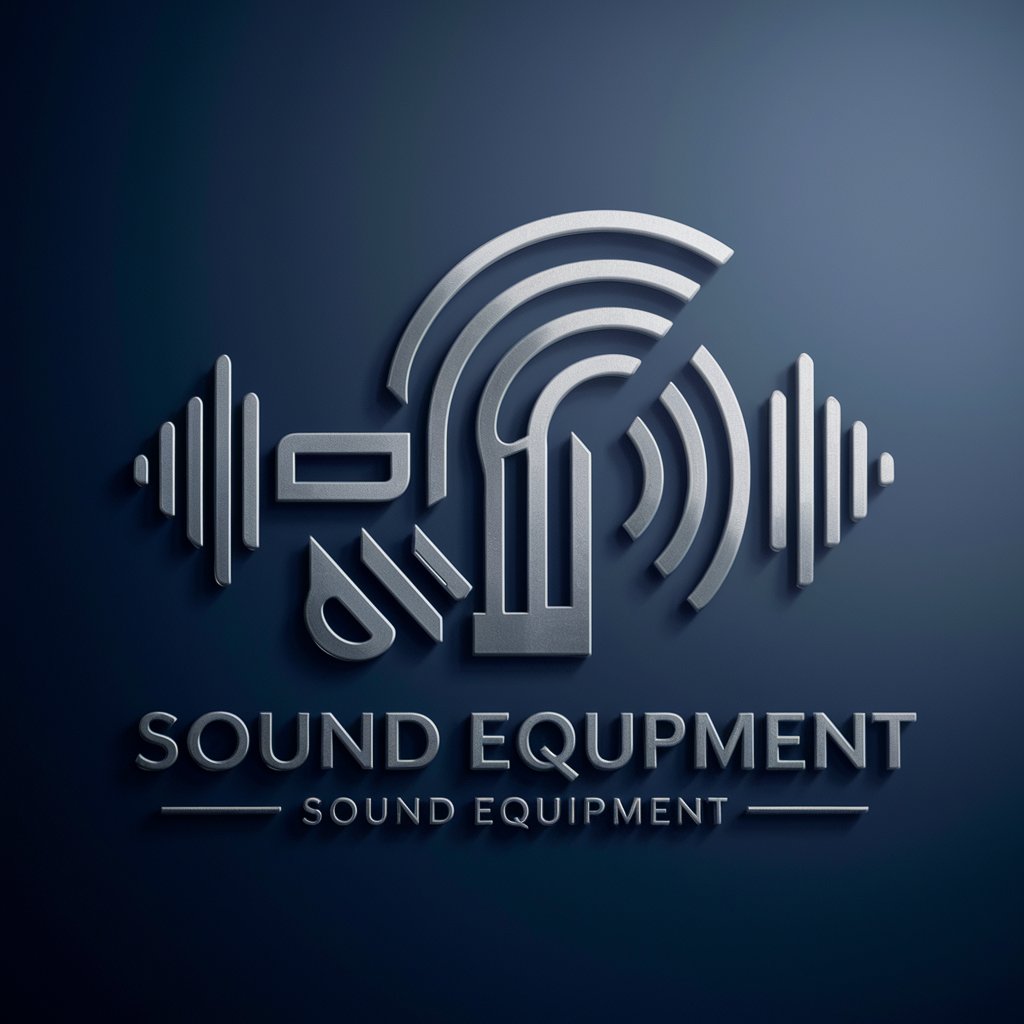
See The Sound - Sound-to-Visual Converter
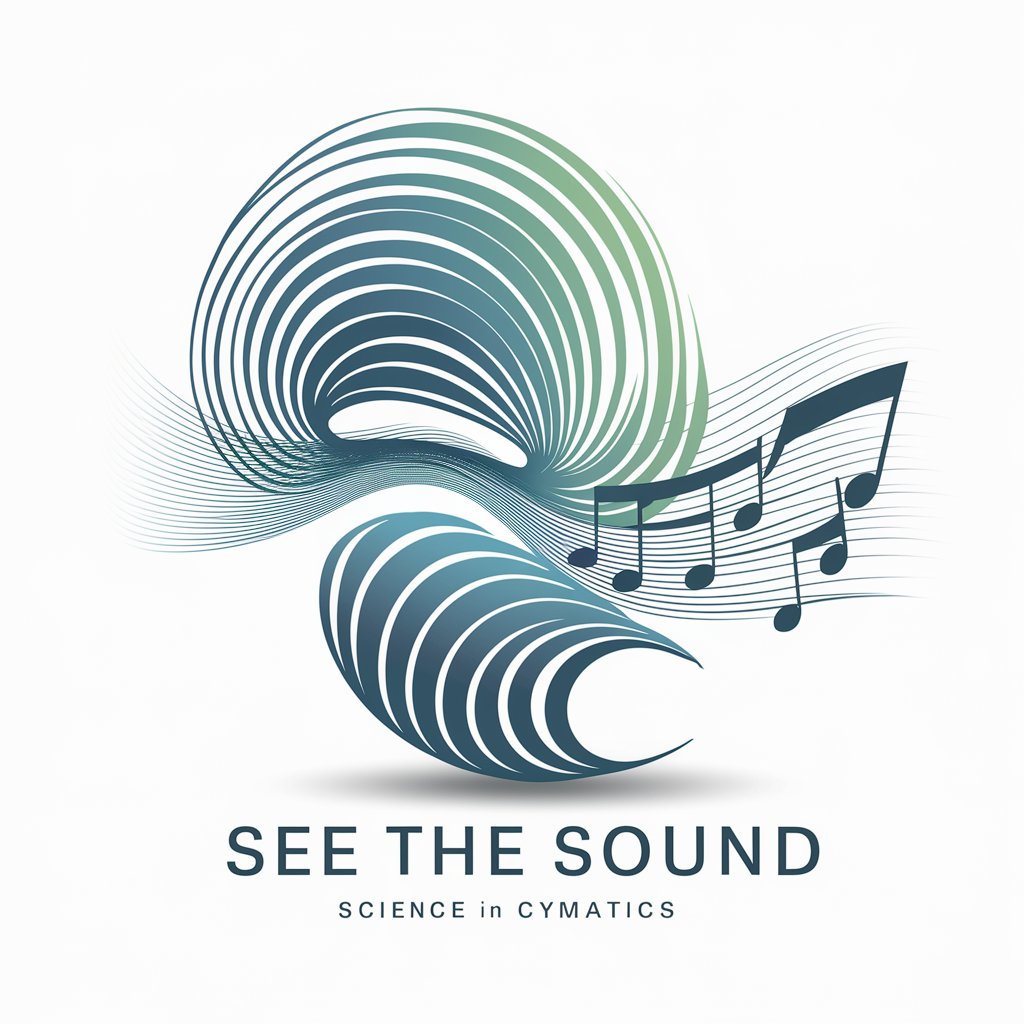
Welcome! Let's explore the beauty of sound together.
Visualizing Sound with AI
Describe the visual pattern produced by a deep bass sound.
Explain how a complex orchestral piece might look when visualized.
What do high-frequency sounds look like in cymatic form?
How would you visualize a human voice singing a single note?
Get Embed Code
Overview of See The Sound
See The Sound is a specialized GPT designed to bridge the gap between auditory and visual experiences by creating cymatics, or visual representations of sound. This tool analyzes audio inputs to visualize frequencies, waveforms, and acoustic properties, translating them into captivating visual patterns. This process involves extracting key elements from sounds, such as frequency distribution and amplitude, and using these elements to generate images that reflect the sonic characteristics. An example could be visualizing the complex harmonics and rhythms of a classical music piece, transforming it into a dynamic, swirling pattern that captures the intricacies of the composition. Powered by ChatGPT-4o。

Core Functions of See The Sound
Audio Analysis
Example
Analyzing the sound of ocean waves to depict varying wave heights and intervals visually.
Scenario
A sound therapist uses this function to create visual aids for clients, helping them visualize the calming patterns of nature sounds to enhance relaxation during sessions.
Pattern Generation
Example
Converting the frequencies of a violin concerto into a series of layered, circular designs that represent the vibrational qualities of each note.
Scenario
An educator employs this function in a classroom setting to show students how different musical instruments can influence visual patterns, thereby making the study of sound physics more engaging and intuitive.
Custom Visualization
Example
Tailoring the visual output to match specific colors or shapes based on user preference or the emotional tone of the audio.
Scenario
A multimedia artist uses this feature to integrate custom sound-derived visuals into an art installation, aiming to create an immersive environment that reflects the emotional resonance of the soundtrack used.
Target User Groups for See The Sound
Educators and Students
Teachers and students in fields such as physics, music, and digital media can use See The Sound to explore and understand the relationship between sound and visual patterns. The tool serves as an educational aid that makes abstract concepts tangible, especially useful in demonstrating wave properties and sound perception.
Artists and Designers
Artists, graphic designers, and multimedia creators can utilize See The Sound to draw inspiration from auditory experiences and transform them into visual art. This application allows for innovative artistic expressions where sound directly influences visual creation, opening up new avenues for multimedia projects.
Therapists and Wellness Professionals
Sound therapists and wellness practitioners can use the visualizations created by See The Sound to enhance therapeutic environments or activities. By making sound patterns visible, the tool can help clients better connect with the auditory stimuli used during therapy, fostering relaxation and engagement.

How to Use See The Sound
Initial Access
Visit yeschat.ai to access a free trial of See The Sound without needing to log in or subscribe to ChatGPT Plus.
Upload Audio
Upload your audio file in a supported format such as WAV or MP3. Ensure the file is not copyrighted or contains sensitive information.
Set Parameters
Specify the frequency range and any other acoustic properties you are interested in visualizing. This will help tailor the visual output to your needs.
Generate Visuals
Initiate the visualization process. See The Sound will analyze the audio's properties and create a unique visual representation of the sound patterns.
Interpret Results
View and interpret the generated visuals. Use the accompanying explanations to understand the relationship between the sound characteristics and the visual patterns.
Try other advanced and practical GPTs
Must-see Movies
AI-powered, personalized movie guidance.
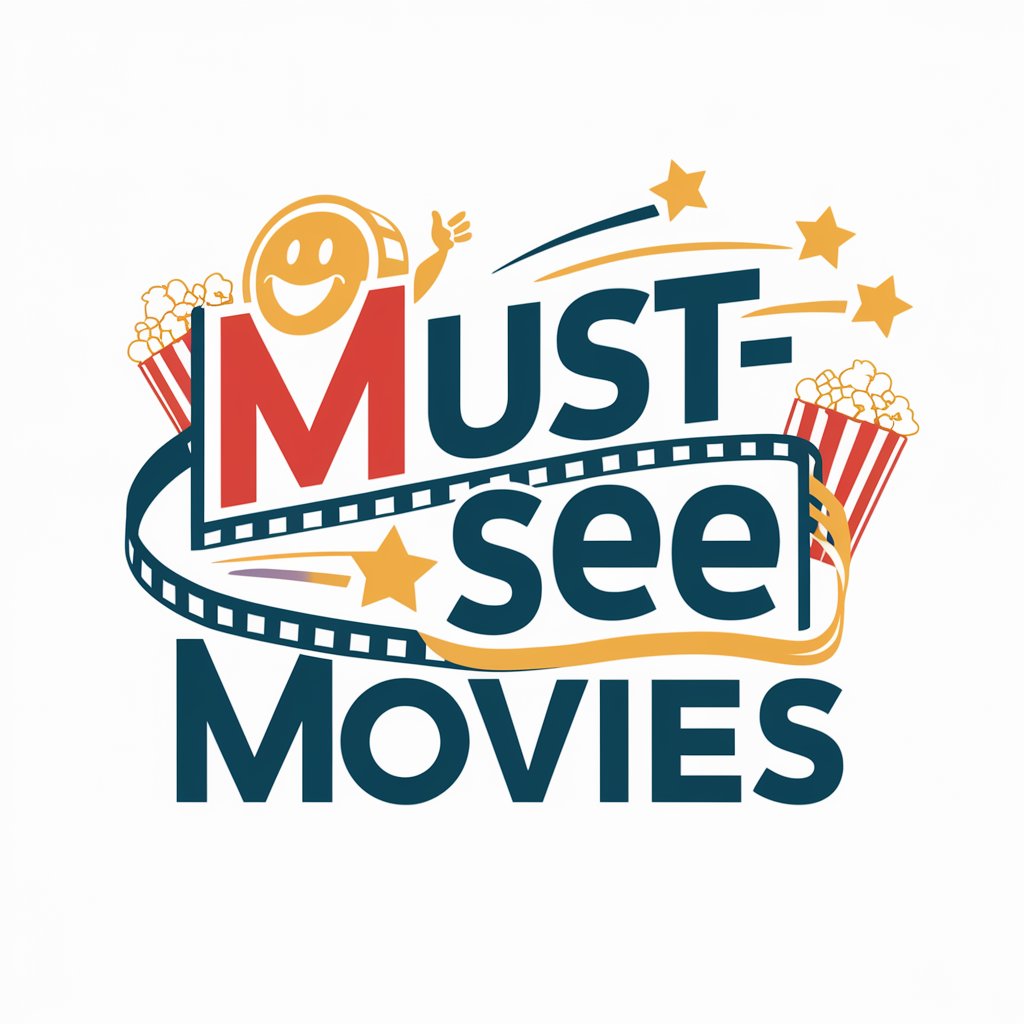
See You Later
Emulating your pet's presence, digitally.
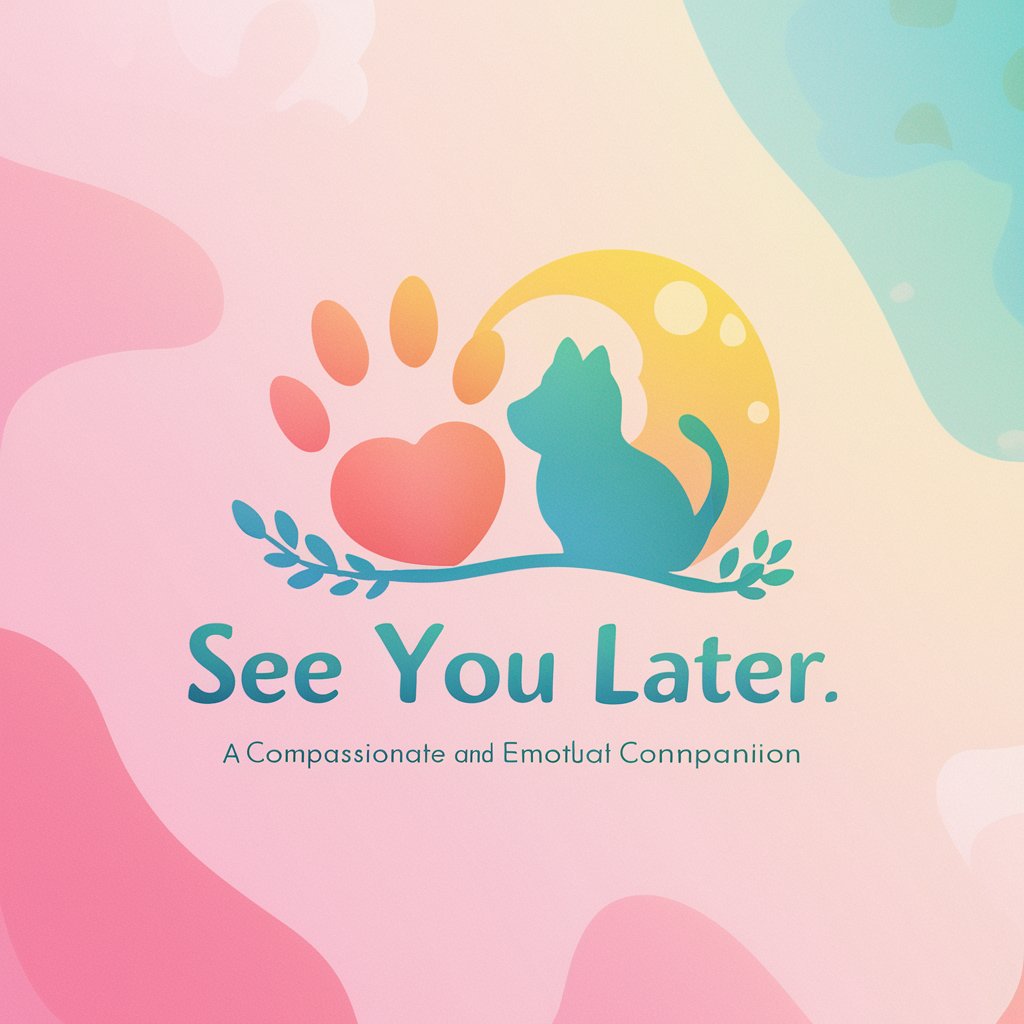
See Views AI Planner
Strategize with AI, Master Media Buying
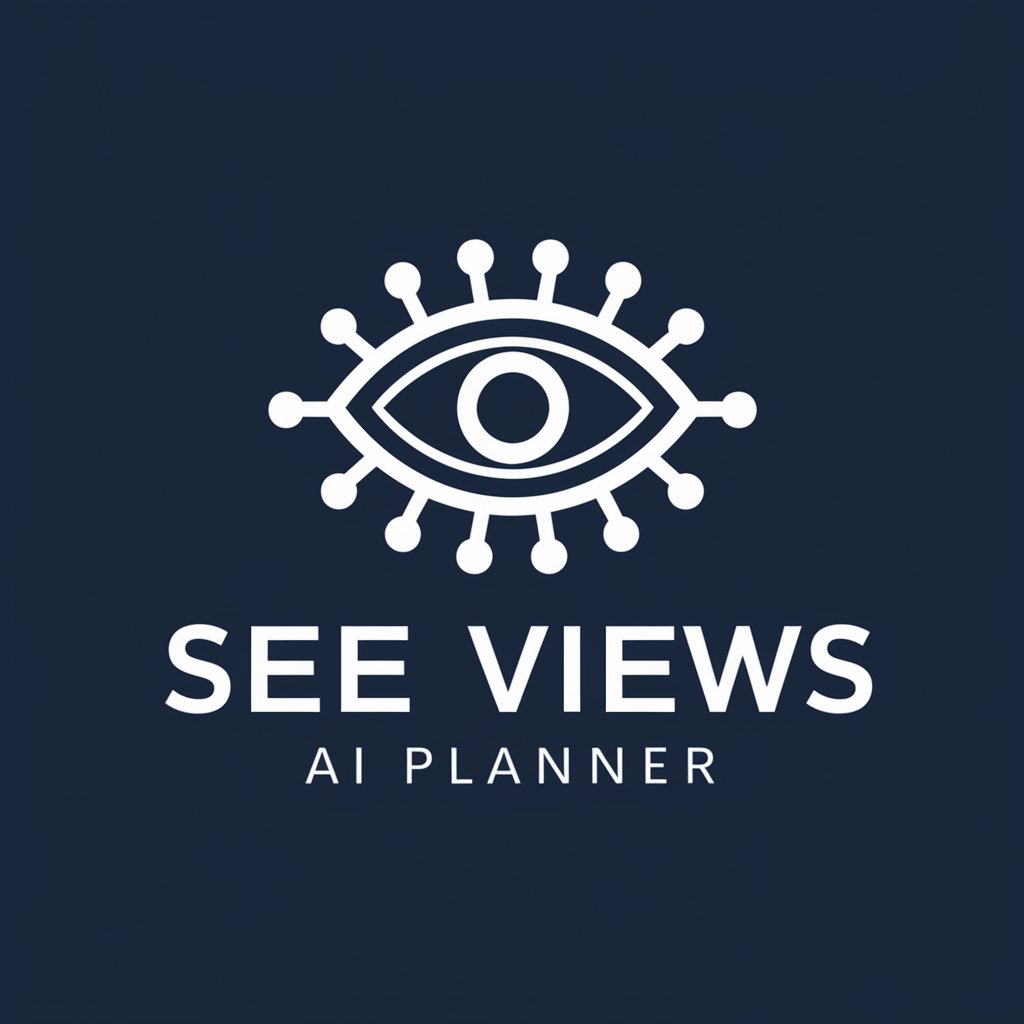
SBF - See
Precision Answers, AI-Powered
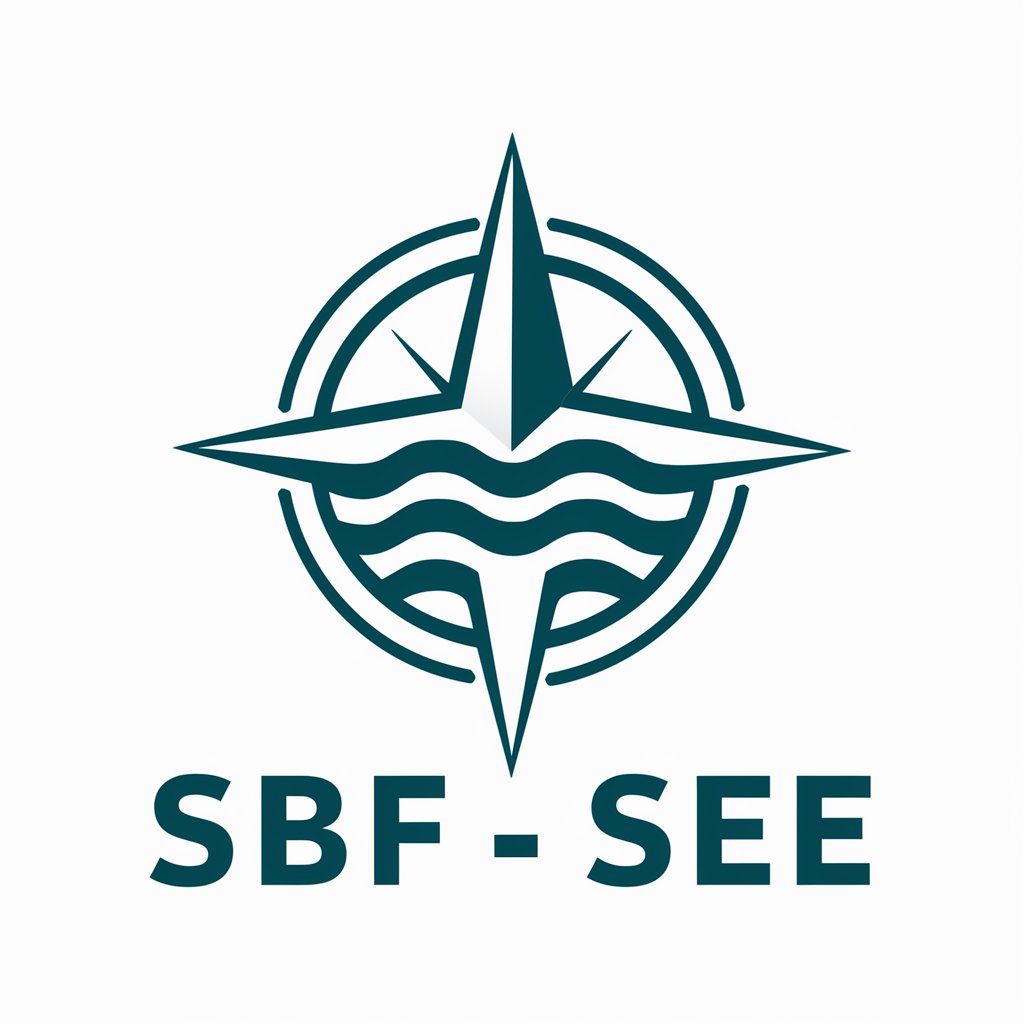
Child Actor 101
Empowering young actors for Hollywood success.
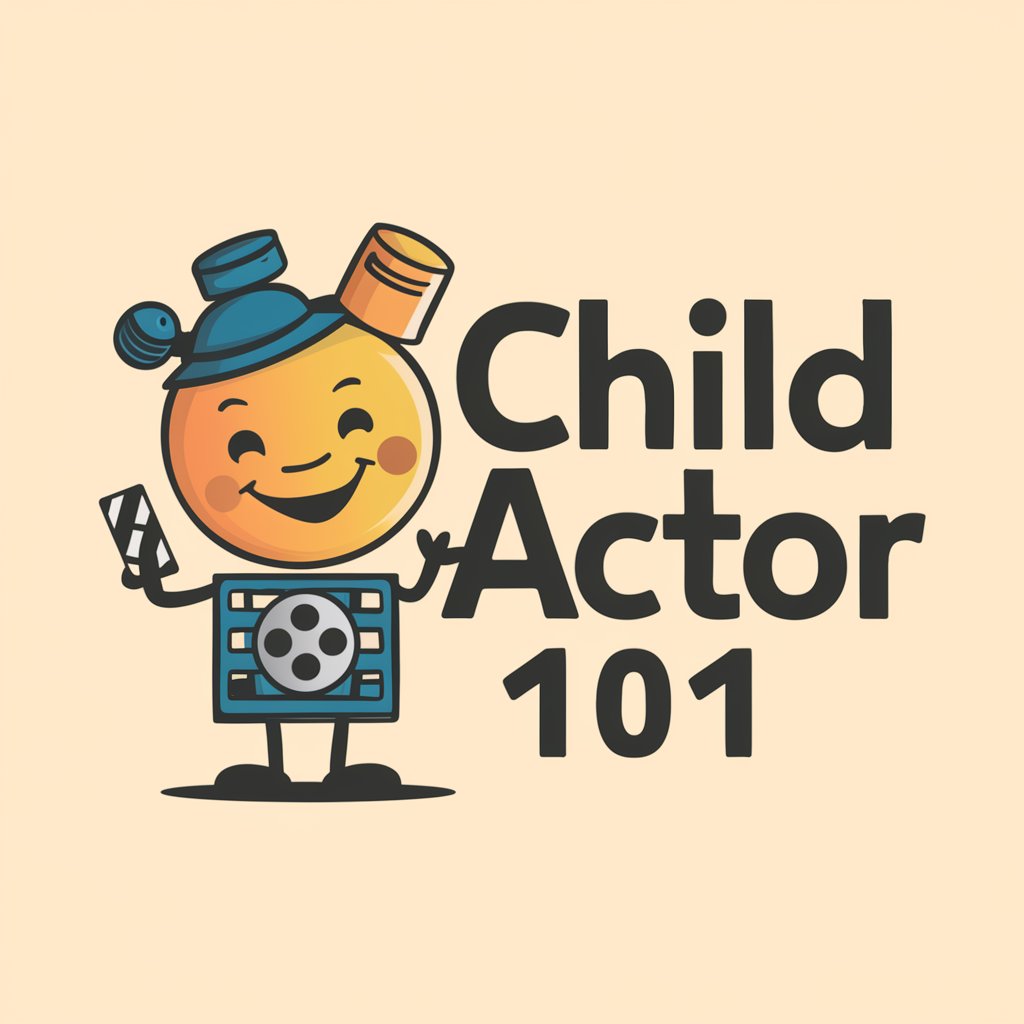
Donna Paulsen (Actor)
Harness the charm and wit of Donna Paulsen
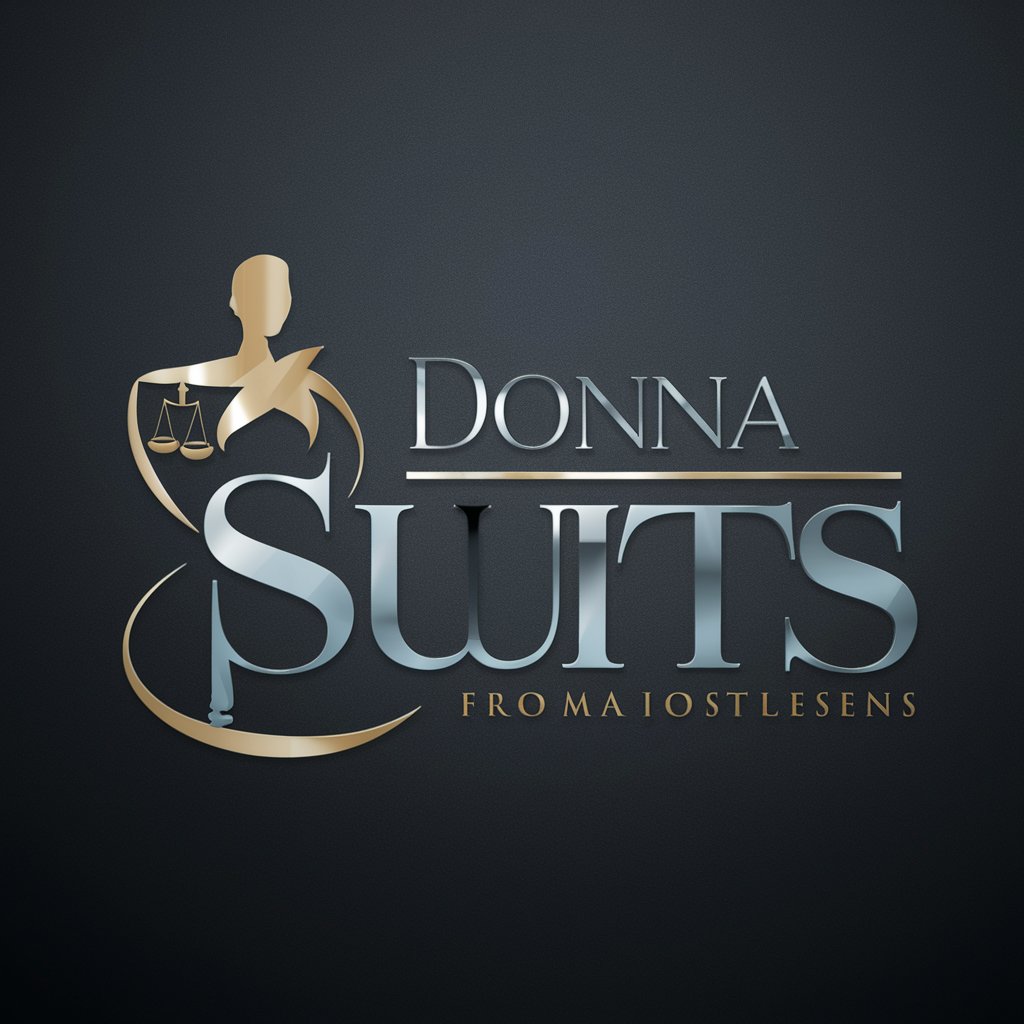
See Food
Discover dining with AI precision.

See Food
Discover and cook any dish instantly with AI

SEE FOOD "Hotdog or not"
Instantly identify hot dogs with AI.
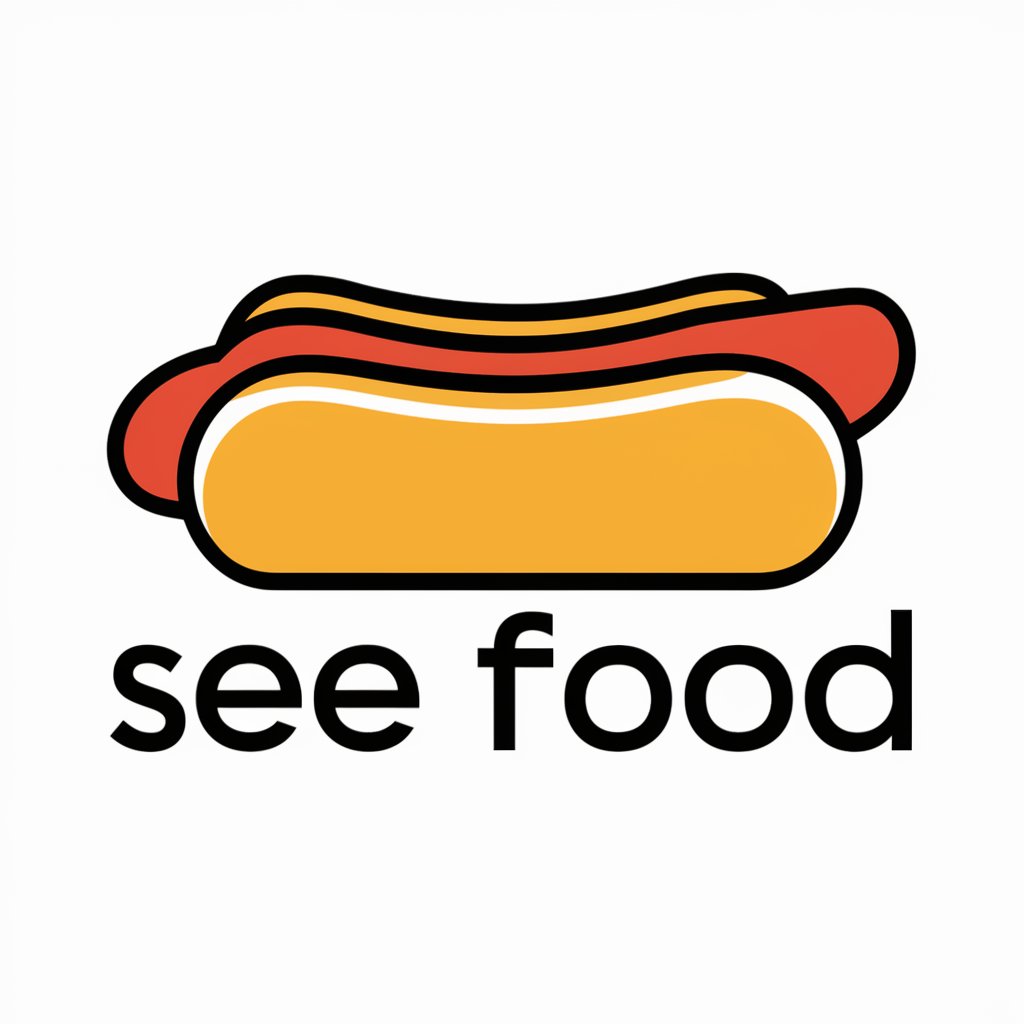
Market See
Empower your investments with AI insights

See Sharp
Elevate Your C# Coding with AI
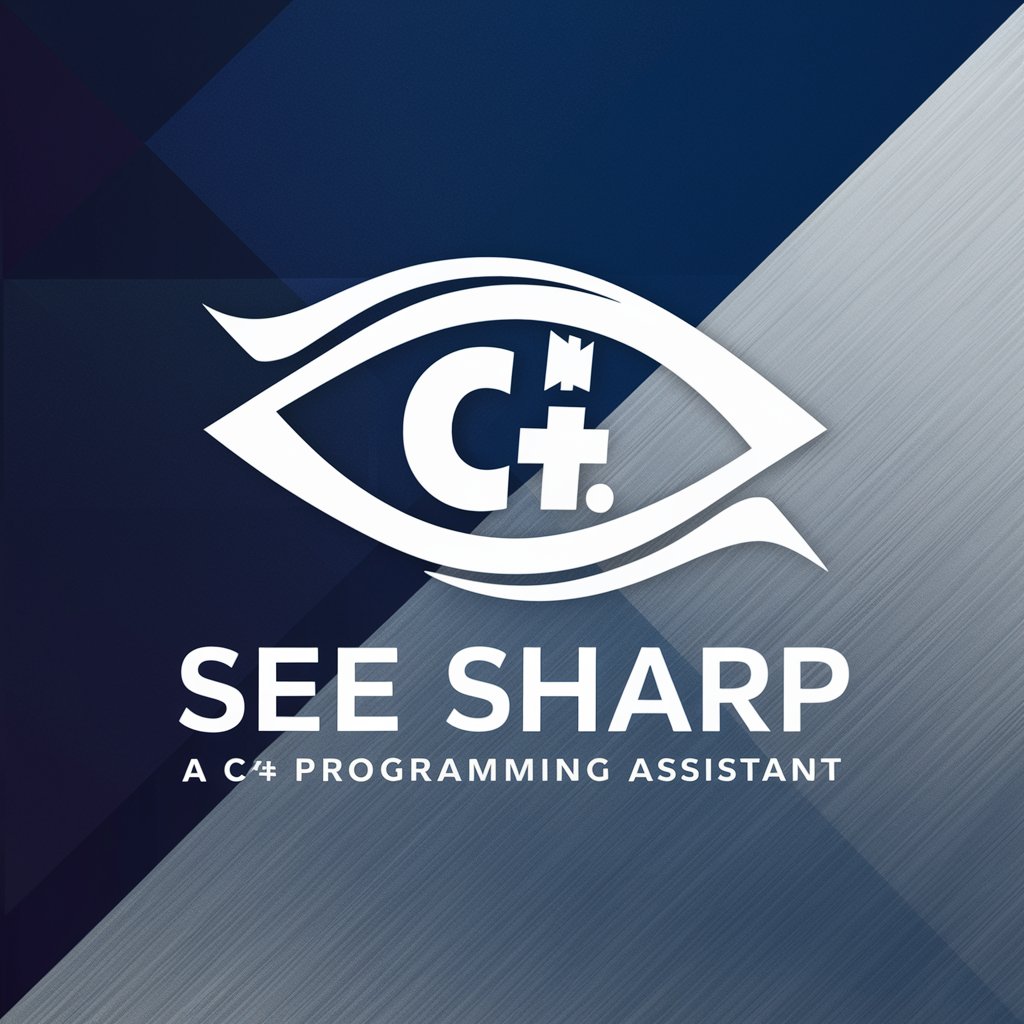
K-potato Platform
Empower Your Writing with AI

Frequently Asked Questions About See The Sound
What audio formats are supported by See The Sound?
See The Sound supports common audio formats such as WAV, MP3, and AIFF. This ensures compatibility with most audio files without the need for conversion.
Can See The Sound be used for educational purposes?
Absolutely, See The Sound is an excellent tool for educators and students to explore the relationship between sound and visual patterns, making abstract concepts in physics and mathematics more tangible and engaging.
What is the maximum file size I can upload?
You can upload audio files up to 50MB in size. This limit ensures efficient processing and visualization while accommodating most standard audio files.
How can artists use See The Sound?
Artists can use See The Sound to convert their musical compositions into unique visual artworks, offering a new dimension of artistic expression that combines sound and visual art.
Is there a way to customize the visual output?
Yes, users can customize the visual output by adjusting parameters such as color schemes, intensity of patterns, and the specific aspects of sound they want to visualize, like frequency and amplitude.
